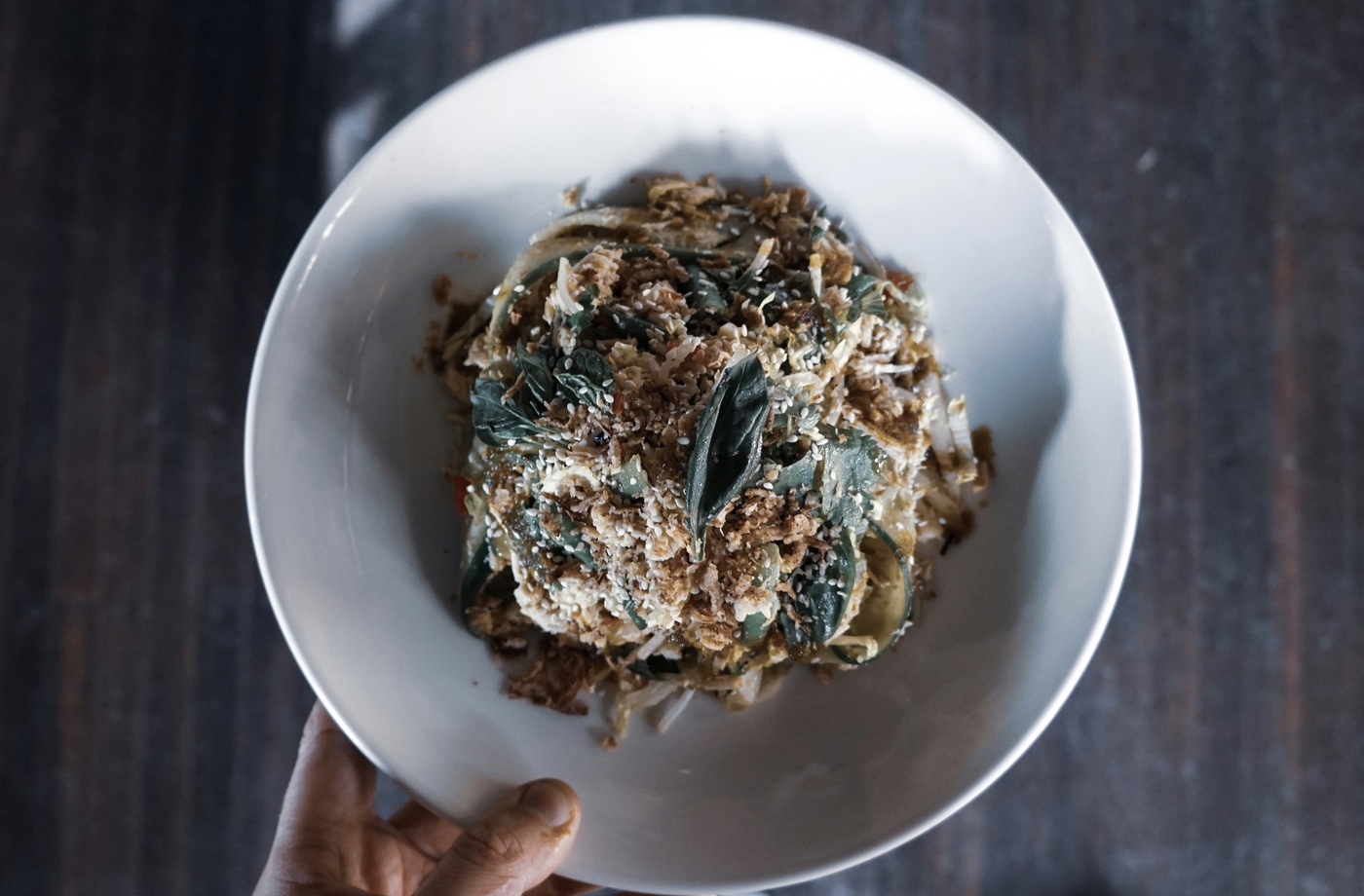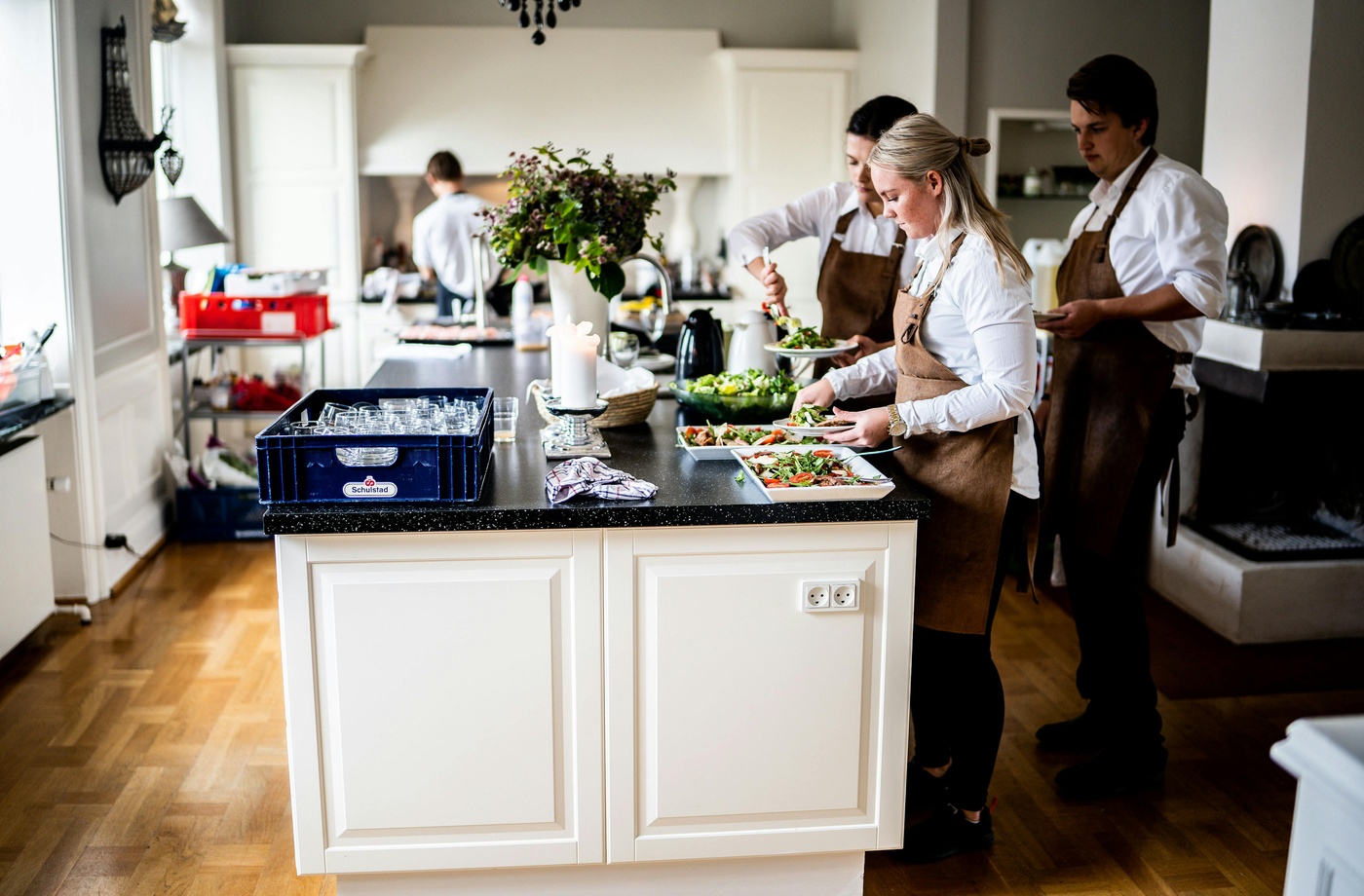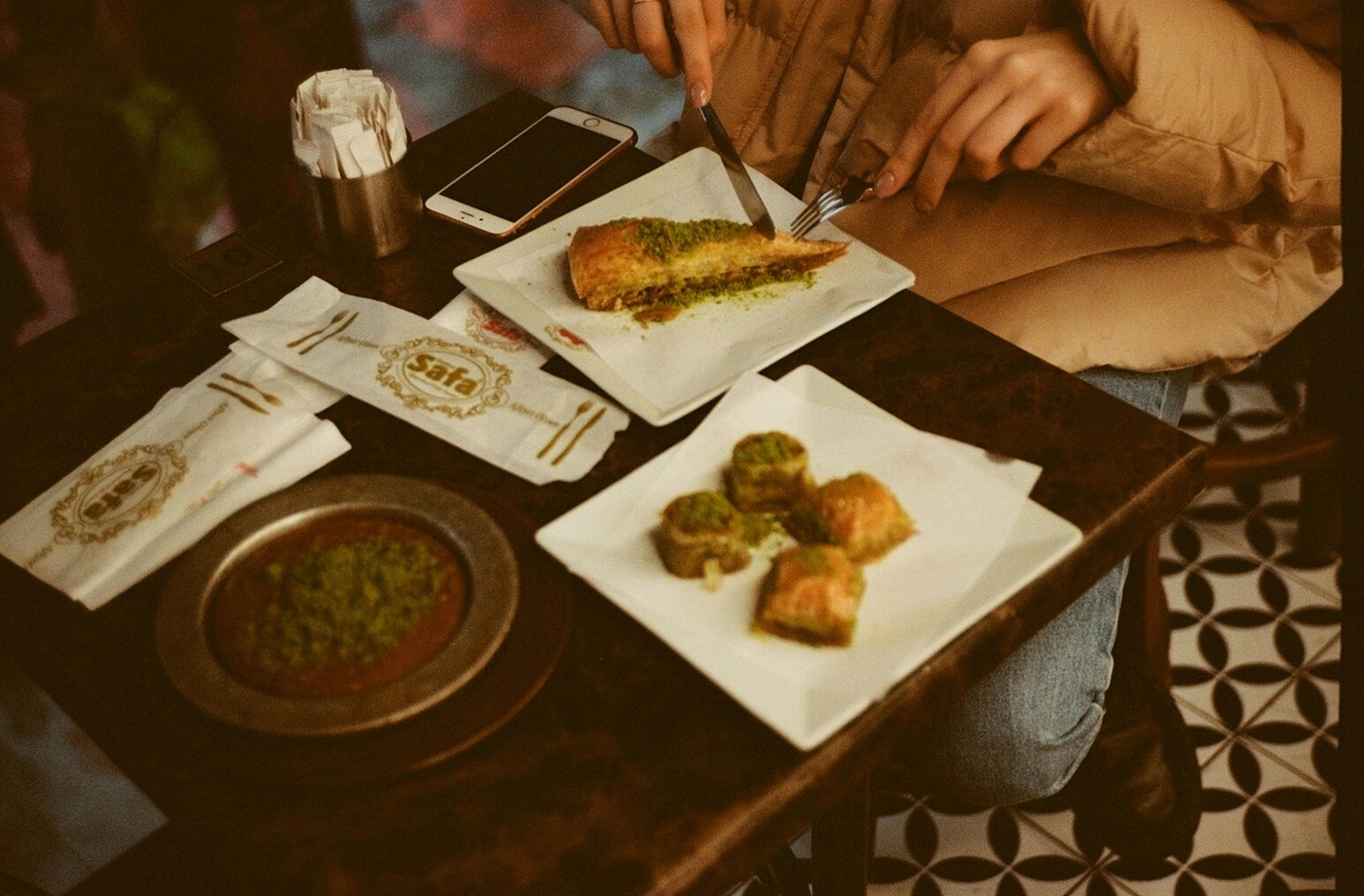Every culture has its signature blend of spices—carefully balanced combinations that define the aroma, flavor, and identity of a region’s cuisine. From the earthy tang of Middle Eastern za’atar to the complex warmth of Moroccan ras el hanout, spice blends are more than ingredients—they’re stories. For home cooks, exploring these global mixes opens the door to vibrant new flavors and time-tested traditions. Even better, you can stock up while earning rewards through platforms like Fluz, which partners with many online spice retailers.
Here’s a global tour of iconic spice blends—and how to use them.
Za’atar – Levant (Middle East)
Za’atar is a fragrant, herbaceous blend typically made with dried thyme, sumac, sesame seeds, and salt. It’s widely used in Lebanese, Syrian, Palestinian, and Israeli cooking.
- Flavor profile: Tangy, nutty, slightly herbal
- Use it on: Flatbreads, roasted vegetables, labneh, or mixed with olive oil as a dip
- Where to buy: Find quality za’atar blends at World Spice Merchants or use Rakuten to shop at spice retailers like Penzeys and Spice House
Ras El Hanout – Morocco
Translated as “head of the shop,” ras el hanout is a North African blend of the best spices a vendor has to offer. It can contain up to 30 ingredients, including cinnamon, cardamom, cumin, turmeric, rose petals, and more.
- Flavor profile: Warm, floral, sweet-savory
- Use it on: Tagines, couscous, lamb, or even roasted carrots
- Fun fact: There’s no single recipe—each shop or family has their own secret formula
Garam Masala – India
A staple in Indian kitchens, garam masala blends warming spices like cloves, black pepper, cinnamon, coriander, and cardamom. It’s typically added toward the end of cooking for maximum aroma.
- Flavor profile: Robust, spicy, slightly sweet
- Use it in: Curries, lentils, rice dishes, and marinades
- Try a regional variation: Northern Indian blends are more floral, while southern styles add more heat
Berbere – Ethiopia and Eritrea
This fiery blend is essential to East African dishes, especially in doro wat (spicy chicken stew) and lentil-based meals. Berbere includes chili peppers, fenugreek, ginger, and other warm spices.
- Flavor profile: Hot, bold, complex
- Use it in: Stews, meat rubs, lentil dishes, and even as a dry spice for popcorn
Chinese Five-Spice – China
Balancing sweet, sour, bitter, pungent, and salty flavors, this blend typically includes star anise, fennel, Sichuan peppercorns, cloves, and cinnamon.
- Flavor profile: Sweet, spicy, aromatic
- Use it in: Stir-fries, braised meats, roast duck, and barbecue marinades
- Pro tip: A little goes a long way—start small
Herbes de Provence – Southern France
This floral herb blend includes thyme, rosemary, marjoram, savory, and sometimes lavender. It captures the essence of French countryside cooking.
- Flavor profile: Earthy, aromatic, floral
- Use it in: Roasted chicken, potatoes, ratatouille, or grilled fish
Advieh – Iran
Advieh is a Persian blend of sweet and savory spices like cinnamon, cardamom, dried rose petals, and cumin. There are many regional versions used for rice, meats, and stews.
- Flavor profile: Sweet, floral, warm
- Use it in: Persian rice dishes, lamb stews, and vegetable braises
Dukkah – Egypt
Dukkah is a crunchy blend of toasted nuts, seeds, and spices. Unlike the others, it’s often used as a condiment or dip accompaniment.
- Flavor profile: Nutty, savory, slightly spicy
- Use it with: Olive oil and bread, or sprinkled on roasted vegetables and eggs
Stock Your Spice Rack and Earn Cashback
You can explore these blends through specialty retailers like World Spice Merchants or chain stores that partner with Fluz. Just activate Rakuten before shopping at online stores like Spice House or iHerb to get cashback while building your global pantry.
Final Thoughts
Global spice blends are more than just seasoning—they’re cultural heritage in edible form. By cooking with these mixes, you’re not just adding flavor, but embracing the spirit of global kitchens and centuries of tradition.



